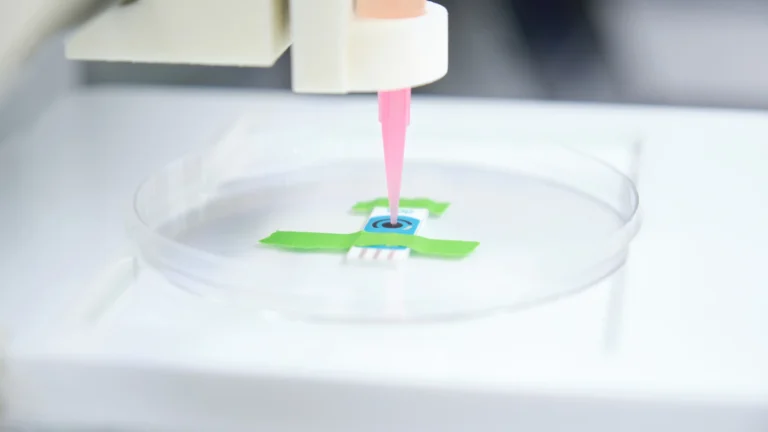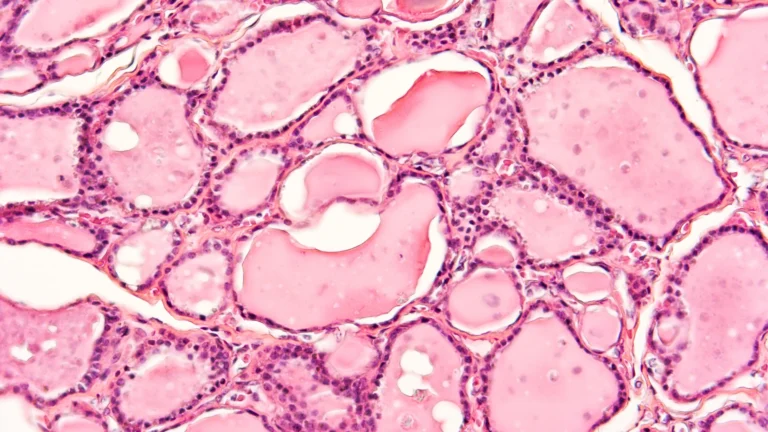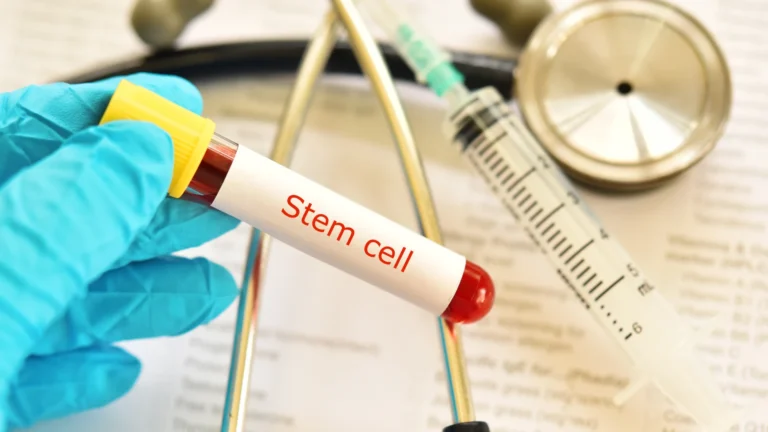Tissue Engineering: Building the Future of Regenerative Medicine
Tissue engineering is revolutionizing healthcare by combining biology, engineering, and advanced medical technologies to repair, regenerate, or replace damaged tissues and organs.
Instead of relying solely on traditional transplants or prosthetics, tissue engineering offers the potential to create living, functional tissues—bridging the gap between innovation and compassionate care.
By harnessing the body’s regenerative capacity and integrating it with cutting-edge materials, this field provides hope for patients facing injuries, diseases, or organ failure.
What Is Tissue Engineering?
Tissue engineering involves three foundational components working in harmony to create or restore biological tissues:
- Cells: Living cells, such as stem cells or tissue-specific cells, serve as the building blocks for new tissue.
- Scaffolds: Biocompatible materials (e.g., biodegradable polymers or natural substances) provide a supportive framework for cell attachment, growth, and organization.
- Biochemical Signals: Growth factors, nutrients, and environmental cues guide cells to differentiate, proliferate, and form functional tissue.
In controlled laboratory environments, scientists carefully cultivate these elements. Once matured, the engineered tissue can be implanted into the patient’s body, where it integrates with existing structures to restore or enhance function.
Applications of Tissue Engineering
Tissue engineering is reshaping the possibilities of regenerative medicine, with applications spanning various medical fields:
- Bone and Cartilage Repair: Engineered scaffolds and cells support the repair of skeletal defects caused by injuries or degenerative diseases.
- Skin Regeneration: Laboratory-grown skin grafts offer lifesaving solutions for burn victims and individuals with chronic wounds.
- Vascular and Cardiovascular Solutions: Tissue-engineered blood vessels and heart valves can improve outcomes for patients with cardiovascular diseases, offering alternatives to synthetic implants.
- Organ Patches: Tissue-engineered patches are being developed to repair damaged organs, such as heart muscle, liver tissue, or pancreatic cells.
As the field advances, researchers envision creating fully functional, lab-grown organs, revolutionizing organ transplantation and addressing donor shortages.




The Tissue Engineering Process
- Cell Sourcing:
Cells are harvested from the patient (autologous), a donor (allogeneic), or stem cell sources. These cells form the basis for engineered tissues. - Scaffold Design:
Scaffolds, often porous or 3D-printed, mimic the natural architecture of the target tissue. They are carefully selected for biocompatibility and mechanical strength. - Cell Seeding and Culture:
Cells are introduced onto the scaffold in a laboratory setting. Nutrients, oxygen, and biochemical signals support their growth and differentiation into specialized tissue. - Maturation and Testing:
The tissue is cultured until it reaches the desired structure and function. Researchers rigorously test it to ensure it meets safety and efficacy standards.
Implantation:
The mature tissue is implanted into the patient, where it integrates with native tissues and gradually restores function.
Benefits of Tissue Engineering
Advantages:
- Reduced Reliance on Donor Organs: Tissue engineering could alleviate organ shortages, reducing waitlist times.
- Personalized Solutions: Using a patient’s own cells minimizes the risk of rejection and improves outcomes.
- Long-Term Functionality: Engineered tissues integrate naturally and provide lasting durability.
Challenges:
- Biological Complexity: Replicating the intricate structure and function of human tissues is still a significant scientific challenge.
- Cost and Accessibility: High costs associated with research, production, and treatment may limit accessibility.
- Ethical and Regulatory Oversight: Ongoing vigilance is required to ensure safety, efficacy, and equitable use.
The Future of Tissue Engineering
The future of tissue engineering is filled with promise, as advances in biomaterials, 3D bioprinting, and gene editing continue to redefine its potential. Researchers are exploring ways to create entire organs, repair tissues more effectively, and make these treatments accessible to more patients.
This discipline offers a compassionate, innovative path forward—providing not only scientific breakthroughs but also the ability to restore health and improve quality of life for countless individuals. As techniques evolve, tissue engineering holds the power to transform modern medicine and rewrite the narrative of healthcare, one regenerated tissue at a time.
Tissue engineering isn’t just about replacing what’s lost; it’s about rebuilding hope, function, and futures from the cellular level up










